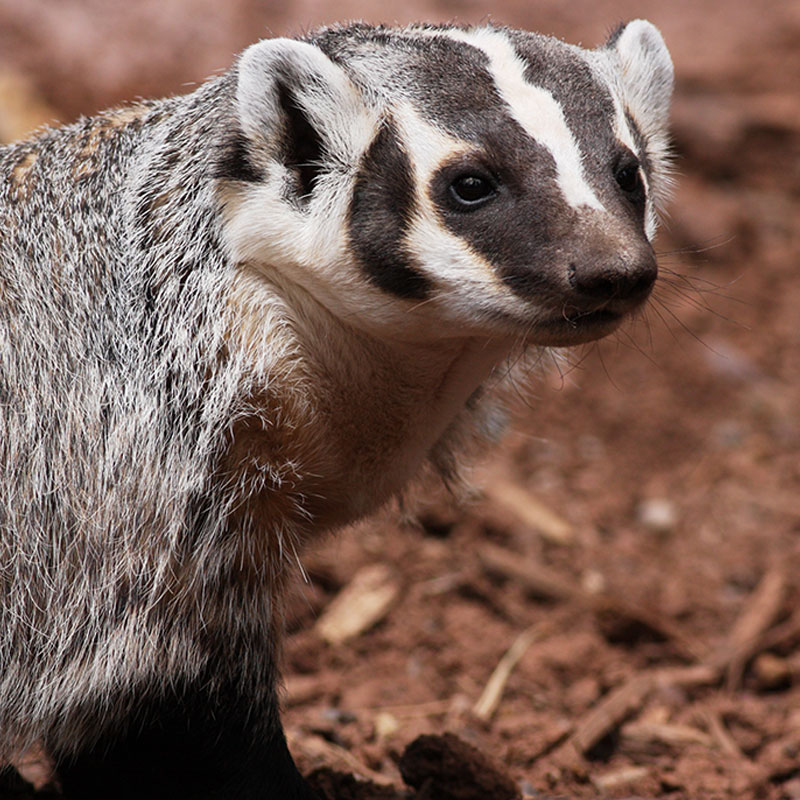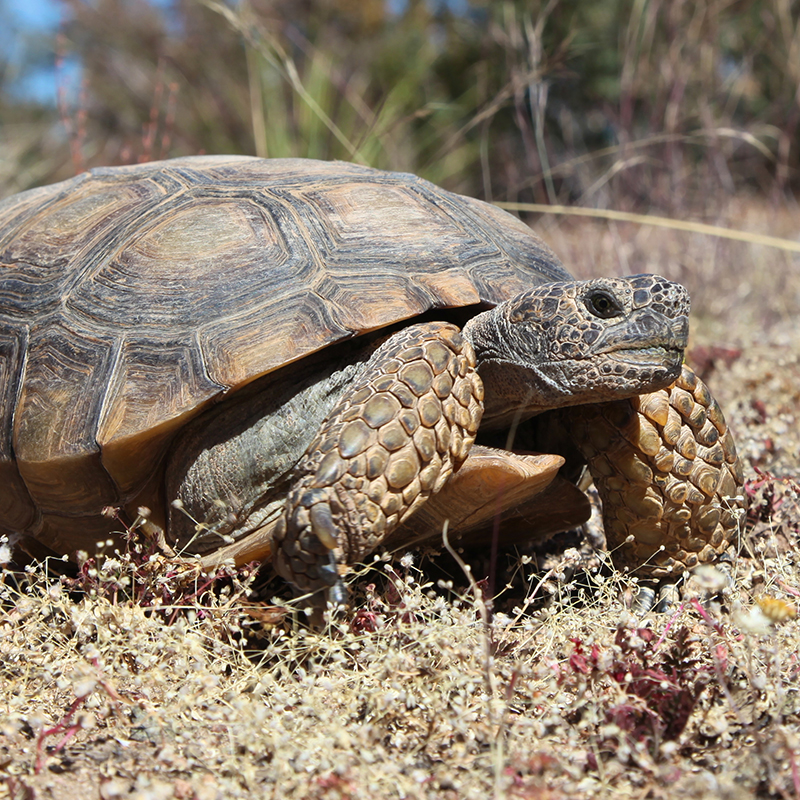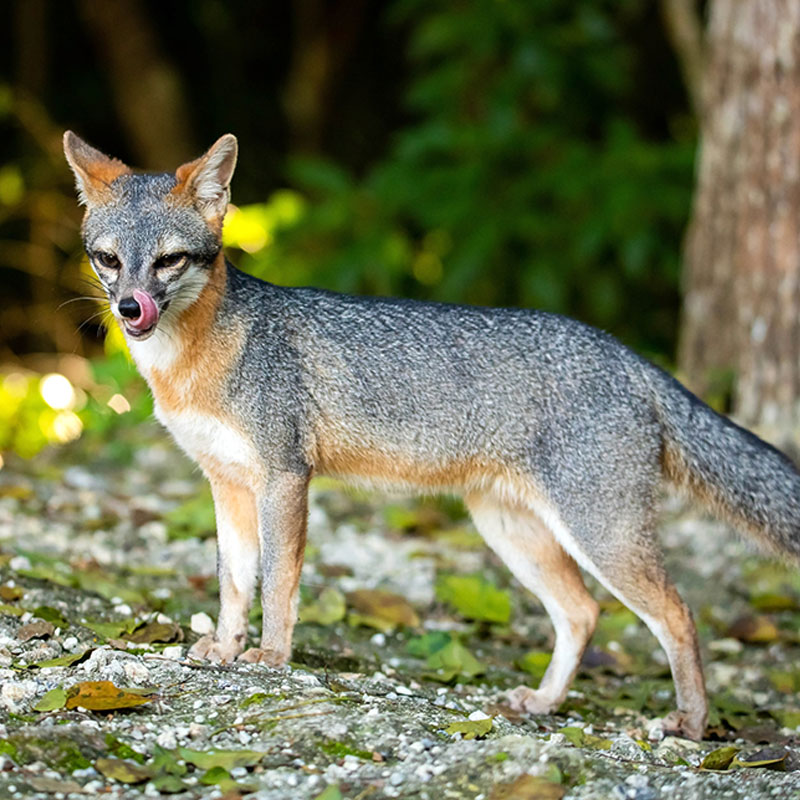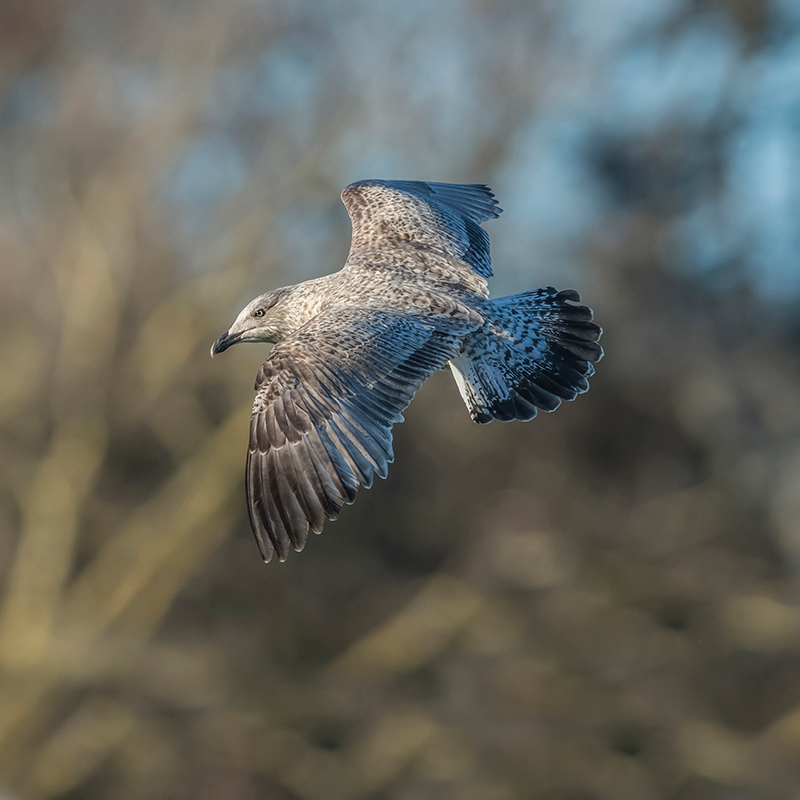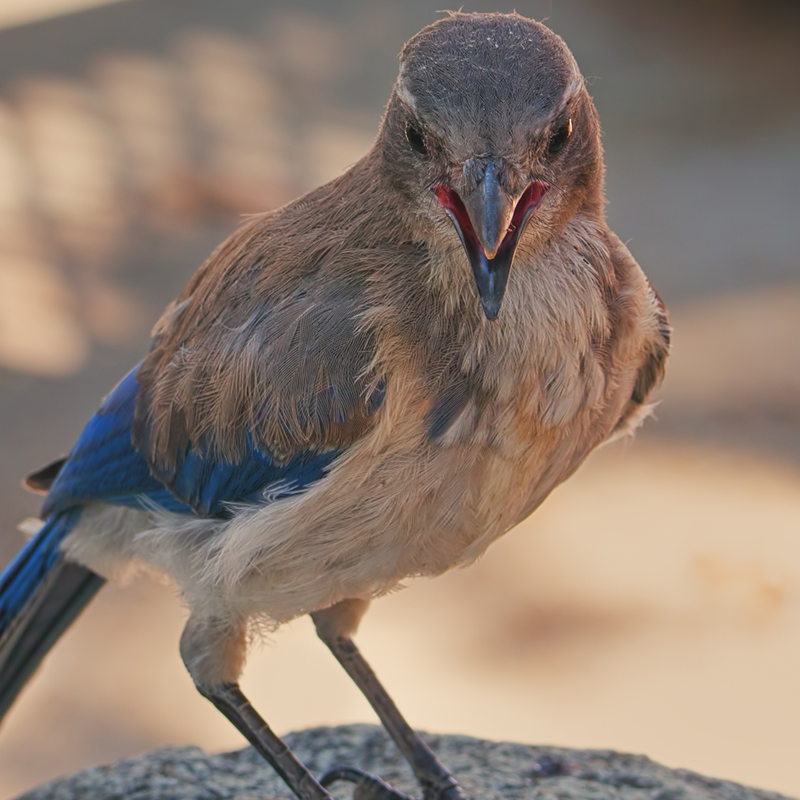
The California Condor is the largest flying bird in North America with a magnificent wingspan of 9.5 feet. They are black in color with white underwing patches and a bald head with very few feathers. The color of the head varies from white to reddish purple. The bare head is an adaptation for hygiene since they eat dead and rotting meat and must, for the most part, stick their heads into carcasses to feed.
Soaring on thermal air currents, California condors can reach speeds of 55 mph and altitudes of up to 15,000 ft. They can travel 150 miles per day in search of dead animals to scavenge.
California condors are slow to mature and reproduce. At 6-8 years old, they start to breed. They do not build nests but instead lay their eggs directly on the floor of a cave, cavity or tree hallow.
The California condor population steadily declined during the 20th century until there were only 22 known to exist in the world. The last of the free-flying condors were taken into captivity in 1987 in order to save the species from extinction. There were no California condors in the wild between 1988 and 1991, but reintroduction efforts began in early 1992 and continue today. As of December 2015 there were 435 condors living in the wild or in captivity.




